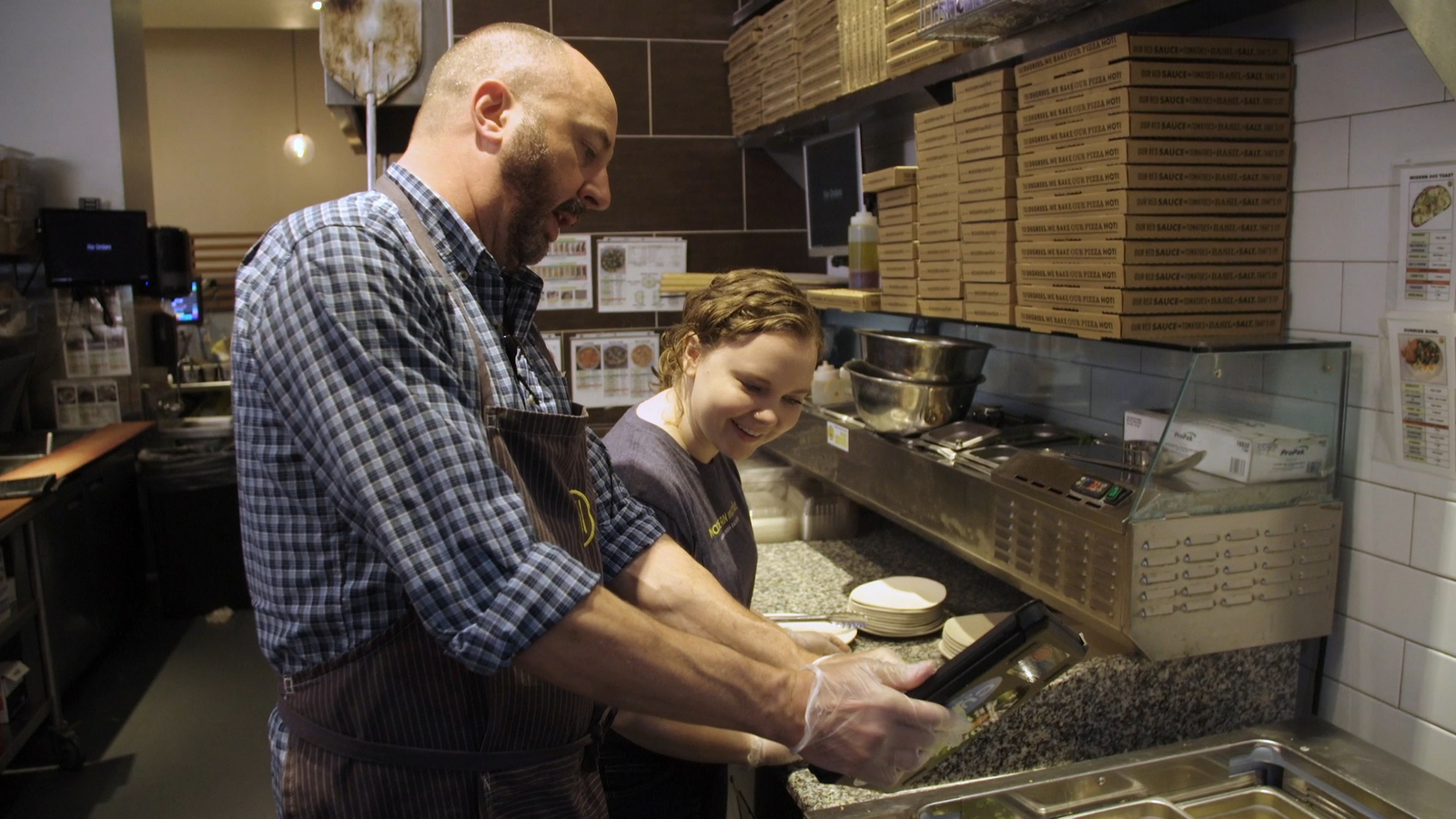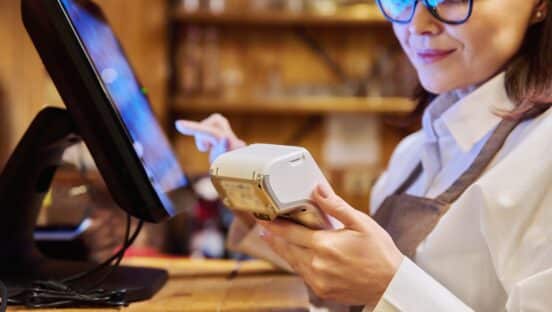Sponsored by PlayerLync.
Ensuring menu consistency and kitchen efficiency across units can be a hurdle for restaurateurs with businesses in multiple locations. There are challenges involved with communicating menu changes, questions about how to best inform staff, and difficulties training employees in the face of high turnover and a generally unskilled labor force.
Innovative restaurants, such as the Denver-based Modern Market Eatery brand, are finding success by embracing mobile training platforms, such as PlayerLync, which implement training within the real-life workspace. Access to integrated technology systems that notify staff of menu or recipe changes as they occur is critical to employee success and efficiency.
“With multiple units, the biggest challenge that brands will face is consistency across their locations,” says Alex Walsh, Modern Market Eatery’s senior training manager. “With more than 30 locations nationwide, we found there was a lot of what we call ‘tribal knowledge’—so it was important for us to move all of our training content into one area, instead of having one person know this, and one person know that. Now we are able to put all the information into the hands of our team members, and if we identify something as tribal knowledge, we address that in our company-wide communications.”
Mobile training platforms allow companies to consolidate training materials—including videos, worksheets, documents, and e-learning packages—into a single module, which can be accessed by team members at any time on an iPad. The programs are also extremely useful for communicating menu changes across brands. Limited-time and seasonal recipes can be uploaded instantly for all units to access, without having to wait for paper instructions to arrive, or for the chef to demonstrate new methods.
“These services help with brand consistency,” Walsh says. “At Modern Market, the menu gets updated with limited-time chef’s picks about three times per year. We need to communicate those recipes to 750 team members across the country, and within 5-10 days, they all need to be trained on 3-7 new menu items. Being able to use a tool like PlayerLync makes that so much easier. It’s as if our chef is in every restaurant.”
In addition, mobile training helps to instill confidence in new team members, by providing them with information that they can implement immediately.
“We’re able to let employees drive their own training,” says Katy Stocks, instructional designer at Modern Market Eatery. “We give them a roadmap for their training and let them find their way. Our videos are wildly popular, because team members can, for example, see how to cut a certain sandwich, and then do it. Not having to wait for a manager to get you started is very empowering.”
Merchants such as Modern Market Eatery are finding success by implementing specific strategies in order to optimize mobile training techniques. Once training systems are in place, there are a few things restaurants should do to ensure success. First, Walsh and Stocks recommend asking for feedback from unit managers and team members alike.
“It’s essential to have a level of accountability,” Stocks says. “Reaching out to locations that may be struggling can really help.”
Feedback on the training content itself can also ensure that communications are being delivered effectively. For example, Modern Market Eatery training videos are typically no longer than 60 seconds—the length of an Instagram video. Walsh says this helps to engage younger team members who are accustomed to having easy-to-consume information at their fingertips. And every piece of content produced invites feedback from team members, so operators can identify pain points, determine next steps, and request additional training materials as needed.
In addition, Walsh says companies should be aware of team members’ real-life working environments: “You have to be sensitive to how much time people have. They work hard, and they are very busy, so watching 12-minute training videos just isn’t realistic.”
By implementing mobile training programs, which bring up-to-date and detailed materials into the real-life workspaces of employees, brands like Modern Market Eatery can see great improvement in brand consistency and overall employee contentment.
“People generally want to do the right thing,” Walsh says. “Usually when a mistake is made, it’s because the person didn’t know the proper technique. With mobile training, our team members can look up information in the moment or capitalize on down-time by perusing content to learn and widen their scope of understanding about the company. Using this tool gives us confidence that food will be made the same and team members around the country will be following the same specs.”
By Erin McPherson














